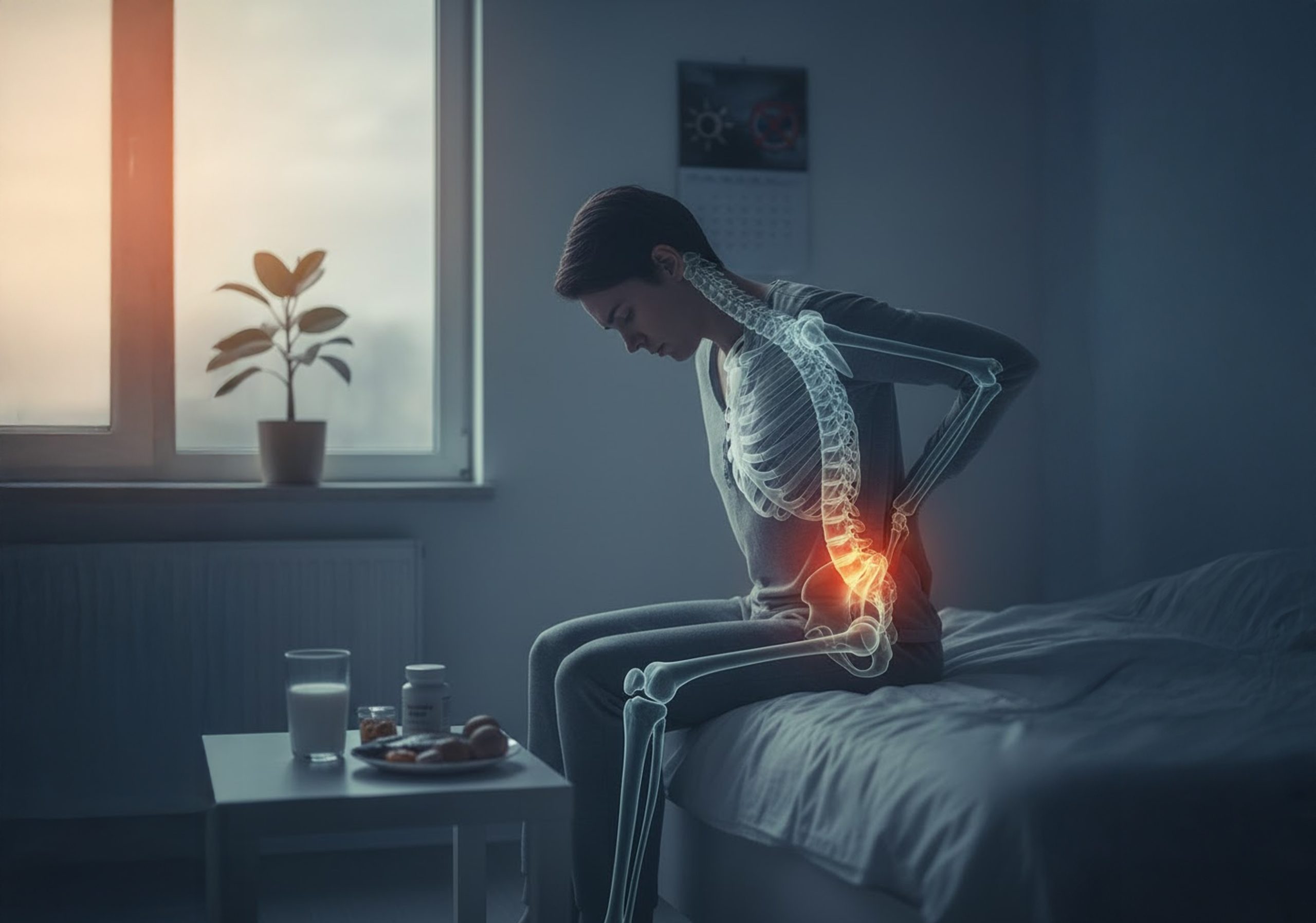-
Anesthesiology
-
Cardiology
-
Dietetics and Nutrition
-
Emergency Clinic
-
Foot and Ankle Clinic
-
General and Laparoscopic Surgery
-
Gynecology and Obstetrics
-
Hand Surgery
-
Hematology
-
Hip Surgery
-
Internal Medicine
-
Joint Replacement
-
Knee Surgery
-
Laboratory
-
Neurology
-
Neurosurgery
-
Oncology
-
Orthopedics and Sports Medicine
-
Pain Management
-
Pediatric Orthopedics
-
Physiotherapy
-
Plastic, Aesthetic and Reconstructive Surgery
-
Scoliosis Surgery
-
Shoulder Surgery
-
Spine Surgery
-
Sports Orthopedics
-
Urology
-
Vascular and Endovascular Surgery
Scoliosis is a medical condition characterized by an abnormal curvature of the spine. While some cases may be mild and require only monitoring, severe scoliosis may necessitate surgical intervention. Scoliosis surgery is a significant intervention that aims to improve the quality of life for individuals with severe spinal curvature. Early detection, accurate diagnosis, and appropriate treatment can help manage scoliosis effectively. By understanding the various aspects of scoliosis surgery, individuals and their families can make informed decisions about their healthcare journey.
What is Scoliosis?
Scoliosis is a musculoskeletal disorder that causes an abnormal curvature of the spine. The spine typically has a natural curve, but in scoliosis, the spine may curve sideways, forming an “S” or “C” shape. This condition can develop at any age, but it often becomes noticeable during the growth spurt just before puberty. The severity of scoliosis varies, with some cases being mild and others progressing to a more severe curvature that may impact daily life.
Possible Causes
The exact cause of scoliosis is often unknown and referred to as idiopathic scoliosis. However, certain factors may contribute to its development, such as genetics, as scoliosis tends to run in families. Other potential causes include neuromuscular conditions, birth defects affecting the spine, or injuries. Understanding the underlying cause is crucial in determining the most appropriate treatment approach.
Risk Factors
Certain factors may increase the risk of developing scoliosis. Genetics play a significant role, and individuals with a family history of scoliosis are more likely to develop the condition. Additionally, age, as scoliosis often manifests during growth spurts, and gender, as girls are more prone to progression, are considered risk factors. Early detection and intervention can mitigate the impact of scoliosis and improve treatment outcomes.
Signs & Symptoms
Identifying the signs and symptoms of scoliosis is vital for early detection. Visible indicators may include uneven shoulders, a protruding shoulder blade, uneven waist, or an asymmetrical posture. Back pain is also a common symptom, although many individuals with scoliosis do not experience pain. Regular screenings, especially during adolescence, can help detect scoliosis early on, enabling prompt intervention and management.
Diagnosis
Accurate diagnosis is essential for developing an effective treatment plan. A healthcare professional typically conducts a thorough physical examination, including a visual assessment of the spine and the patient’s posture. X-rays may be ordered to confirm the diagnosis and evaluate the severity of the spinal curvature. Additionally, other imaging tests or neurological assessments may be performed to identify any underlying causes or complications.
Treatment Options
The approach to scoliosis treatment depends on factors such as the patient’s age, the severity of the curvature, and the underlying cause. Mild cases may only require monitoring and regular check-ups. However, in more severe cases, especially those that continue to progress, surgical intervention may be recommended. Scoliosis surgery aims to correct the curvature and stabilize the spine. Common surgical techniques include spinal fusion, which fuses two or more vertebrae together, and instrumentation, where implants like rods or screws are used to support the spine during fusion.
Recovery and Rehabilitation
A structured rehabilitation program is essential for a successful recovery. This may involve physical therapy to regain strength and flexibility, as well as pain management strategies. The duration of recovery varies, and patients will be closely monitored by healthcare professionals to ensure proper healing and the gradual return to normal activities. Regular follow-ups and ongoing care are crucial to monitor the spine’s stability and address any potential issues.
Frequently Asked Questions (FAQ) about Scoliosis Surgery
Scoliosis surgery is a medical intervention designed to correct the abnormal curvature of the spine. It is typically recommended for individuals with severe scoliosis that significantly impacts their daily life, doesn’t respond to non-surgical treatments, or continues to progress despite other interventions.
Diagnosis involves a thorough physical examination, including a visual assessment of the spine and posture. X-rays are commonly used to confirm the diagnosis and evaluate the severity of the spinal curvature. Additional imaging tests or neurological assessments may also be conducted to identify underlying causes.
Non-surgical treatments may include observation, bracing for moderate curvatures, and physical therapy. The choice of treatment depends on factors such as the patient’s age, the severity of the curvature, and the likelihood of progression.
While surgery is often recommended for severe cases of scoliosis, the decision depends on various factors. Non-surgical options are explored first, and surgery is considered when other interventions prove ineffective or when the condition significantly impacts the individual’s well-being.
Scoliosis surgery typically involves spinal fusion, where two or more vertebrae are fused together, and instrumentation, utilizing implants like rods and screws for stabilization. The specific approach may vary based on the patient’s condition and the surgeon’s recommendation.
Recovery involves a structured rehabilitation program, including physical therapy, to regain strength and flexibility. The duration of recovery varies, and patients are closely monitored for proper healing. Gradual return to normal activities is encouraged, and follow-up appointments are essential for ongoing care.
Like any surgical procedure, scoliosis surgery carries some risks. These may include infection, blood clots, and complications related to anesthesia. However, advancements in surgical techniques and careful preoperative assessment have minimized these risks.
While the goal of surgery is to correct and stabilize the spine, there is a possibility of recurrence, especially if postoperative care and rehabilitation are not followed as recommended. Regular follow-up appointments are essential to monitor the spine’s stability and address any issues promptly.
Patients may need to make certain lifestyle adjustments during the recovery period, including avoiding heavy lifting, gradually resuming physical activities, and adhering to any specific instructions provided by the healthcare team. A healthy lifestyle that includes regular exercise is encouraged for long-term spinal health.
While scoliosis often manifests during adolescence, adults with severe curvature may also be candidates for surgery. The decision is based on factors such as the degree of curvature, symptoms, and overall health. Consultation with a spine specialist is crucial to determine the most appropriate course of action.
Vertebral Body Tethering (VBT)
Anterior-Posterior Approach
Thoracoscopic Surgery (VATS, Video-Assisted Thoracoscopic Surgery)
Thoracoplasty (Rib Resection, Rib Removal)
Kyphosis/Flatback Surgery
Vertebral Column Resection
Posterior Approach
Anterior Approach
Hemivertebrae Excision (Partial or Complete Removal of a Vertebra)
Osteotomies (Bone Removal)
Blogs

Vitamin D Deficiency Treatment: Comprehensive Guide to Boosting Your Levels Naturally
Read more
Understanding Vitamin D Deficiency: Causes, Symptoms, and Solutions
Read more
Shoulder Pain Management: Your Comprehensive Guide
Read more








